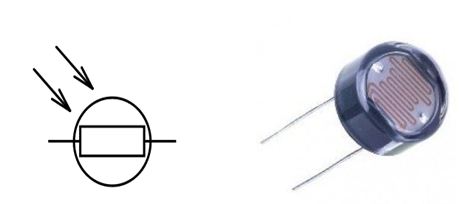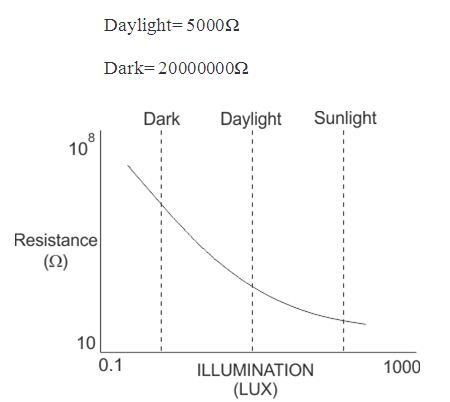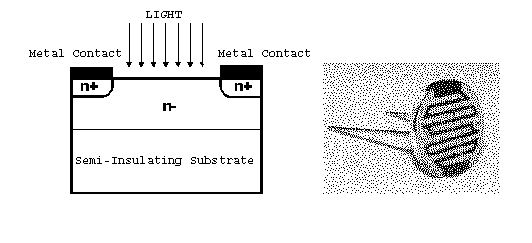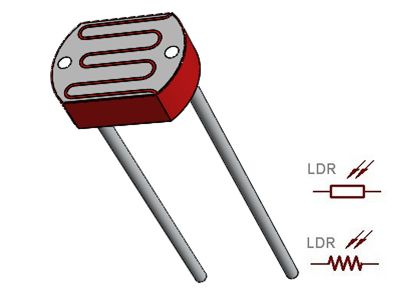LDR


Types of Light Dependent Resistors

Applications
/* Name : main.c
* Purpose : Source code for LDR Interfacing with AT89C52.
* Author : Gemicates
* Date : 2017-06-15
* Website : www.gemicates.org
* Revision : None
*/
//Program to check the working of LDR using LCD on its output port.
#include <REGX52.H>
#define lcd P0 // LCD data pins
sbit rs = P1^5; // register select pin
sbit rw= P1^6; // read write pin
sbit e = P1^7; // enable pin
#define input P2 // Input port to read the values of ADC
#define output P0 // Output port, connected to LED's.
sbit wr= P1^1; // Write pin. It is used to start the conversion.
sbit rd= P1^0; // Read pin. It is used to extract the data from internal register to the output pins of ADC.
sbit intr= P1^2; // Interrupt pin. This is used to indicate the end of conversion. It goes low when conversion is complete.
unsigned char number,value,v1,v2,v3;
void delay(unsigned int msec ) // The delay function provides delay in msec.
{
int i,j ;
for(i=0;i<msec;i++)
for(j=0;j<1275; j++);
}
void lcddata(char t) // lcd data function
{
rs=1;
lcd=t;
rw=0;
e=1;
delay(1);
e=0;
}
void cmd(unsigned char c) // lcd command function
{
lcd=c;
rs=0;
rw=0;
e=1;
delay(1);
e=0;
}
void com() // lcd initialization function
{
cmd(0x38);
delay(10);
cmd(0x0c);
delay(10);
cmd(0x01);
delay(10);
}
void string(char *d) // lcd string print function
{
while(*d !=0)
{
lcddata(*d++);
}
}
void BCD() // BCD conversion function
{
number=output;
value=number;
v1=value/100+0x30;
v2=value%100/10+0x30;
v3=value%10+0x30;
string("value :");
cmd(0x88);
lcddata(v1);
lcddata(v2);
lcddata(v3);
// value=number*19.62;
// v1=value/100+0x30;
// v2=value%100/10+0x30;
// v3=value%10+0x30;
// cmd(0xc0);
//
// string("volts :");
// cmd(0xc8);
// lcddata(v1);
// lcddata('.');
// lcddata(v2);
// lcddata(v3);
}
void adc() // Function to read the values from ADC0804 and display on the LCD.
{
rd=1;
wr=0;
delay(1);
wr=1;
while(intr==1);
rd=0;
output=input;
BCD();
delay(1);
intr=1;
}
void main()
{
input=0xff; // Declare port 2 as input port.
while(1)
{
com();
adc();
delay(100);
}
}
